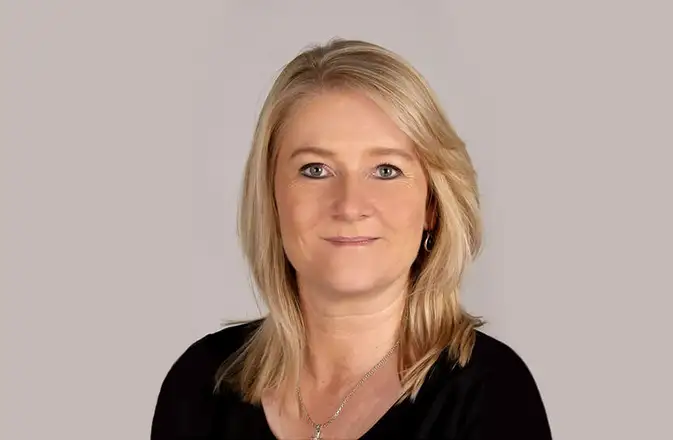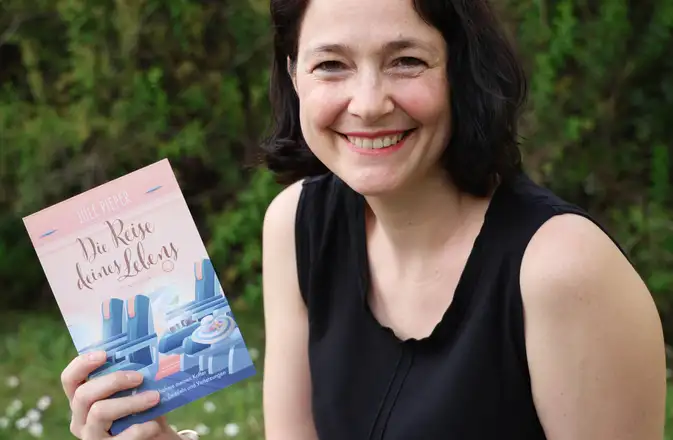What is your job as a publishing representative?
As a publisher's representative, I present the publisher's titles to booksellers, who then decide how many of which book they want to buy. In the case of smaller bookshops, I usually communicate with the owners; in larger bookshops, I communicate with the buyers responsible for certain book categories such as fiction or non-fiction.
How do you and the booksellers use VLB-TIX?
For me, VLB-TIX is the central communication platform with the book trade. I use it to provide all title-relevant information.
VLB-TIX is now standard for large and modern booksellers, at least as a source of information.
What do booksellers look for when buying books?
Booksellers are interested in the breadth of their range and the sales potential of their books. Assessing this is no easy task for new publications. The decision is determined by the originality and presentation of the book, the size of the target group, the media and advertising activity and, last but not least, the drawing power of the authors. Of course, booksellers also have their typical customers in mind when making these considerations.
Print previews have recently been replaced by VLB-TIX. How do you see this?
Central buyers handle novelty purchases almost exclusively via VLB-TIX, while print previews are often no longer accepted at all. Print previews are still important in the bookshops themselves, but this is also declining.
In your experience, how do booksellers feel about self-published titles?
I haven't had any contact with booksellers who have expressed reservations about self-published titles. If a book is convincing in terms of content, presentation and sales potential, then booksellers will order it. Provided the title is presented to the trade.
What can self-publishers actively do to be placed in the stationary book trade?
First of all, you need a good book whose content, title, cover and blurb appeal to readers. Then you need to generate attention through readings, media work and social forums. Once the authors have done their homework, I can make direct contact with the book trade to persuade them to buy.
How do you see the future of the self-publishing scene?
Self-publishing is creating movement in the book market. Authors in particular now have more options. As before, they can seek out interested publishers and concentrate on writing the manuscript. Or they can also take on typical publishing tasks such as editing, proofreading, graphic design, determining the starting print run and publication date, selecting and commissioning a printer as well as PR and social media.
More and more self-publishers are successfully mastering these challenges, especially if they can draw on the expertise of the sales team. This opens up previously unimagined financial prospects.
Do you have any final tips? Are there any mistakes that can be avoided?
Absolute no-go's are spelling and grammatical errors as well as pixelated and unappealing images and poor print quality. It is also important to match the language style and design preferences of the readership. A lot of attention should be paid to the cover, title and blurb, as this is what readers decide to buy alongside reviews and recommendations.



